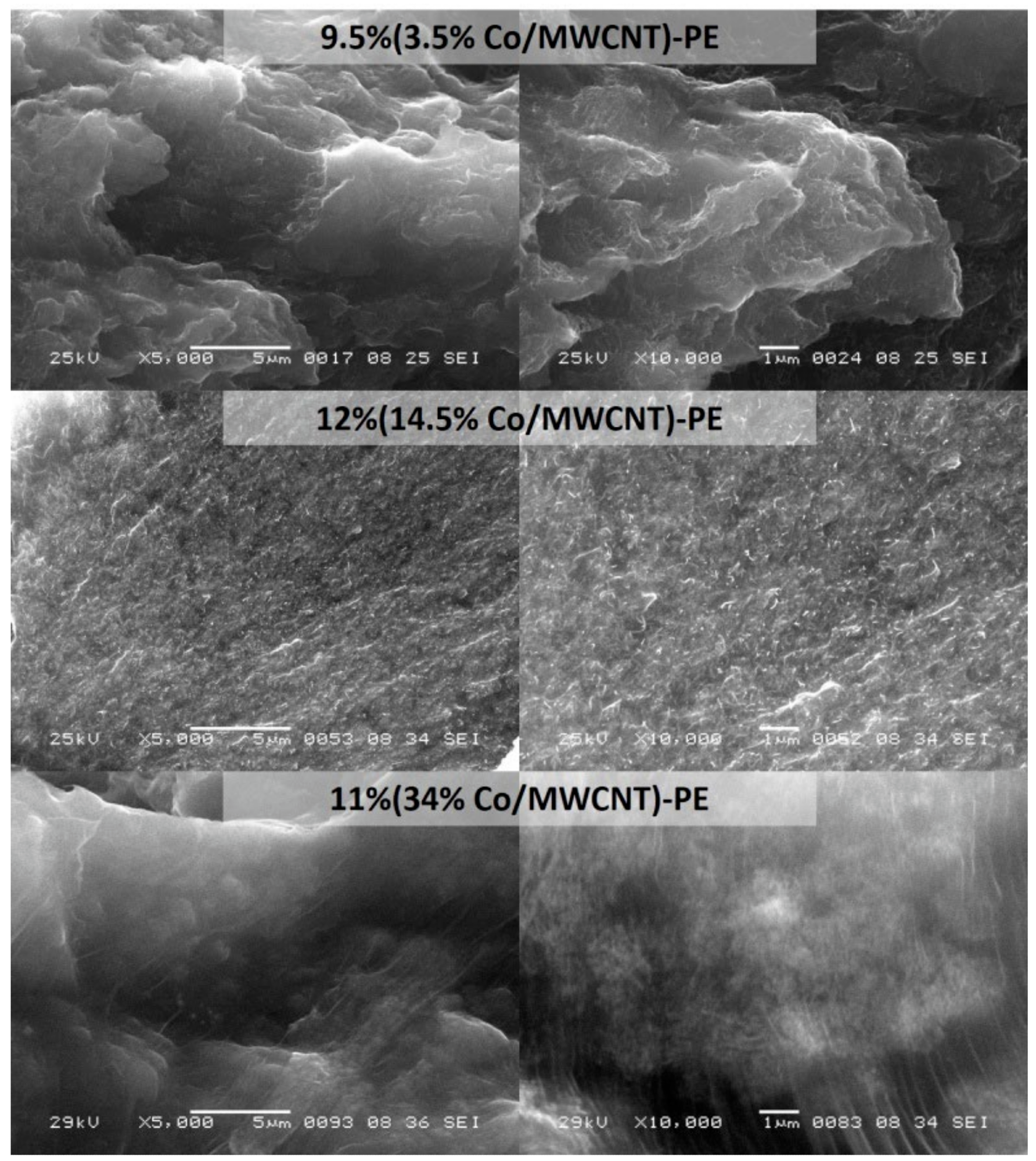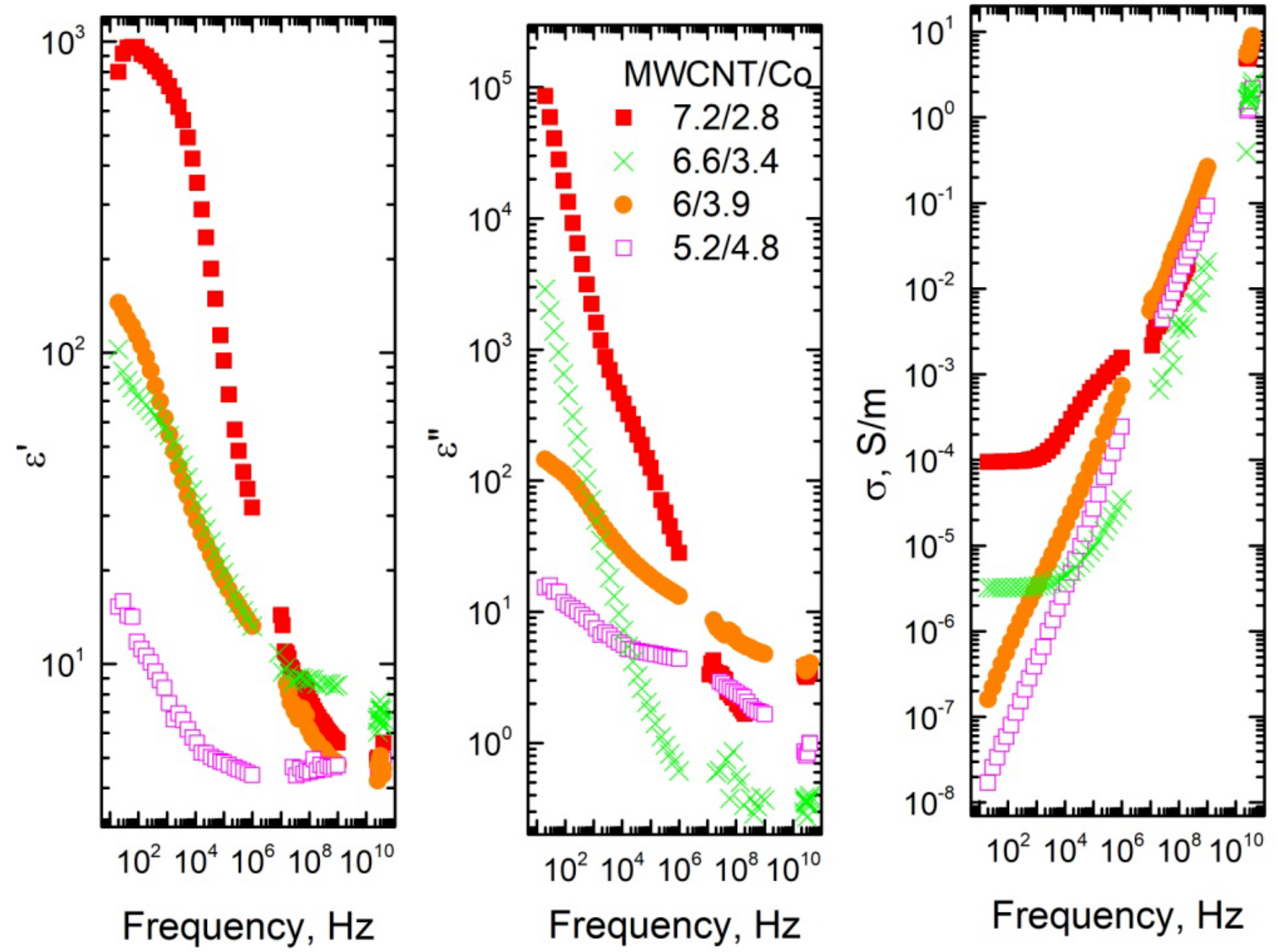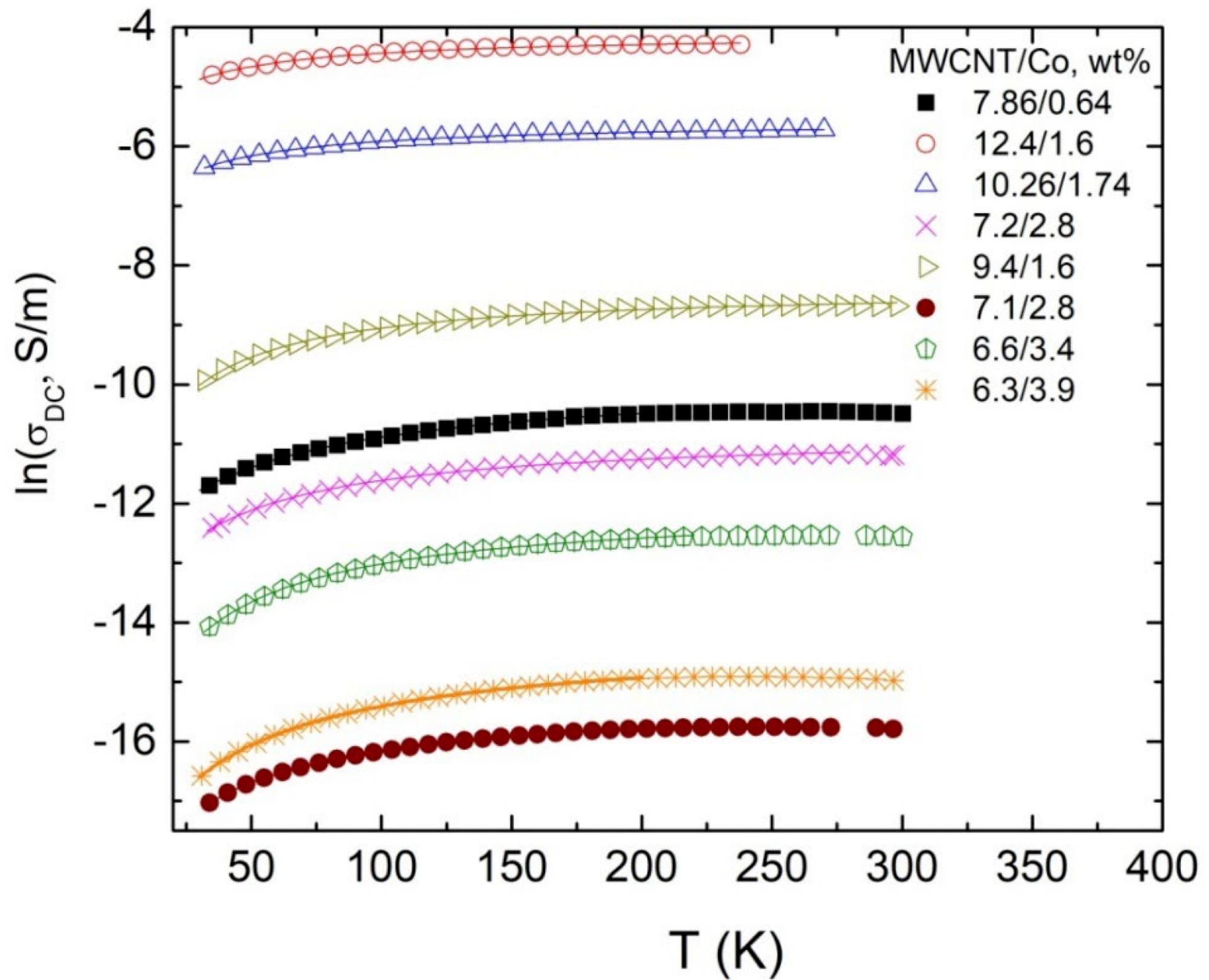 By Surbhi JainReviewed by Susha Cheriyedath, M.Sc.Mar 7 2022
By Surbhi JainReviewed by Susha Cheriyedath, M.Sc.Mar 7 2022In an article recently published in the open-access journal Materials, researchers presented the dielectric characteristics of hybrid polyethylene composites comprising carbon nanotubes and cobalt nanoparticles.

Study: Dielectric Properties of Hybrid Polyethylene Composites Containing Cobalt Nanoparticles and Carbon Nanotubes. Image Credit: ToeFoTo/Shutterstock.com
Background
The rapid advancement of telecommunications and electronics has resulted in the widespread use of electromagnetic waves in a variety of fields. Since many devices operate in the same or adjacent frequency bands, electromagnetic interference has become a major concern. It has the potential to harm electrical devices as well as human health.
Highly electrically conductive metals like Al and Cu are used in traditional electromagnetic shielding materials. High density, limited flexibility, quick corrosion, and a large, reflected fraction of electromagnetic radiation are the principal disadvantages of metals for such applications. Coatings made of polymer composites containing diverse electrically conductive inclusions, on the other hand, are light, chemically inert, and easy to manufacture.

SEM images of composite materials at various magnification: 9.5% (3.5% Co/MWCNT)-PE, 12% (14.5% Co/MWCNT)-PE and 11% (34% Co/MWCNT)-PE. Image Credit: Vanskevičė, I et al., Materials
For electrical conductivity and electromagnetic shielding applications, composites comprising diverse carbon nanoinclusions have been extensively studied. The fundamental disadvantage of such composites is that nanoparticles within the polymer matrix frequently form larger or smaller clusters, which dictate the electromagnetic properties of composites.
Cobalt (Co) nanoparticles are often utilized in electromagnetic shielding. However, the electrical conductivity of polymeric composites with cobalt nanoinclusions is insufficient, which necessitates the incorporation of additional and more conductive nanoparticles to achieve adequate electromagnetic shielding. Also, the effect of cobalt nanoparticles on the broadband dielectric characteristics of multi-wall carbon nanotubes (MWCNT) composites over a wide temperature range is still unknown.
About the Study
In the present study, the authors investigated the dielectric characteristics of hybrid polyethylene composites incorporating Co nanoparticles and MWCNT for electromagnetic shielding applications in the frequency range of 20 Hz–40 GHz. The percolation threshold of the hybrid system was evaluated. The effect of Co nanoparticles on the percolation threshold and the complex dielectric permittivity was also determined.
Furthermore, microwave complex dielectric permittivity of composites with high filler concentrations was obtained. This study also presented the broadband dielectric characteristics of polyethylene composites containing MWCNT and Co nanoparticles over a wide temperature range.
The authors investigated the composites with relatively low Co nanoparticle concentrations (less than 4.8 wt%). Electrical percolation was estimated in the composites with Co nanoparticles and varied MWCNT concentrations range up to 13.6%.
Co/MWCNT hybrids with varying cobalt concentrations were created. Chemical vapor deposition (CVD) of ethylene gas on the bimetallic iron (Fe)-Co catalysts at 680 °C produced the MWCNTs, which were employed in the Co/MWCNT synthesis. The Co/MWCNT-PE composites were developed by utilizing an in-situ polymerization process wherein a Ti-containing polymerization catalyst was adsorbed on the surface of the Co/MWCNT hybrids followed by the polymerizing of ethylene.
The structural and electrophysical properties of prepared Co/MWCNT-PE composites were also determined. In the frequency range, 20 Hz–40 GHz, the dielectric characteristics of hybrid polyethylene composites incorporating cobalt nanoparticles and carbon nanotubes were examined.

Frequency dependence of the real and the imaginary part of the dielectric permittivity and electrical conductivity for composites with total filler concentration 10 and 9.5 wt%. Image Credit: Vanskevičė, I et al., Materials
Observations
The results showed that the percolation threshold was near 6.95 wt% MWCNT and 0.56 wt% Co. Co nanoparticles had no effect on the percolation threshold, and the complex dielectric permittivity was higher for composites with larger MWCNT concentrations for a fixed total filler concentration.
Furthermore, microwave complex dielectric permittivity of composites with high filler concentrations was quite high. The composites with 13.4 wt% MWCNT and 1.1 wt% Co had ε′ ≈ ε″ ≈ 20 at 30 GHz, which proved the capability of these composited for electromagnetic shielding applications.
The dielectric permittivity and electrical conductivity of composites containing 5.2 wt% MWCNT and 4.8 wt% Co were low, and the conductivity spectra showed no frequency-independent DC conductivity. The frequency of the independent conductivity plateau was found in composites containing 7.2 wt% MWCNT and 2.8 wt% Co.
Composites containing 6.95 wt% MWCNT and 0.56 wt% Co inclusions had a similar conductivity plateau. It was also deduced that the electrical percolation threshold was close to 6.95 wt% MWCNT and 0.56 wt% Co in the system, with Co addition having no effect on the electrical percolation.

Temperature dependence of DC conductivity for composites. Solid lines are fits of the tunneling model. Numbers indicate T1/T0 values and total concentration of the filler particles. Image Credit: Vanskevičė, I et al., Materials
Conclusions
In conclusion, this study elucidated that with an increase in total filler particle concentration and total electric conductivity σ, T1/T0 falls, where T0 is the temperature over which thermally activated conductivity occurs over the barrier and T1 is the energy required for an electron to traverse the insulator gap between the conducting particles.
The authors demonstrated that as the total concentration increases, the space between the particles decreases. Also, the ratio T1/T0 was lower for composites with a higher MWCNT concentration than for composites with the same total filler content.
Overall, the findings emphasized that the potential barrier to electron tunneling between MWCNT clusters is enhanced by the Co nanoparticles.
Disclaimer: The views expressed here are those of the author expressed in their private capacity and do not necessarily represent the views of AZoM.com Limited T/A AZoNetwork the owner and operator of this website. This disclaimer forms part of the Terms and conditions of use of this website.
Source:
Vanskevičė, I., Kazakova, M. A., Macutkevic, J., et al. Dielectric Properties of Hybrid Polyethylene Composites Containing Cobalt Nanoparticles and Carbon Nanotubes. Materials 15(5), 1876 (2022). https://www.mdpi.com/1996-1944/15/5/1876